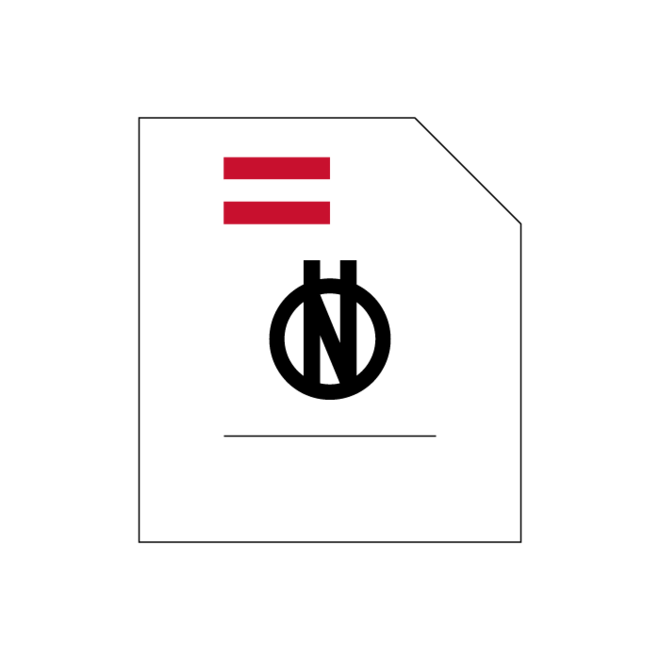Please select and order
€120.67
excl. VAT
Add to cart
Norm
ÖNORM EN ISO 3747
Issue date: 2000 12 01
Acoustics - Determination of sound power levels of noise sources using sound pressure - Comparison method for use in situ (ISO 3747:2000)
1.1 This International Standard specifies a method for determining the sound power levels of sound sources in situ, especially if non-movable. A comparison method is used...
Withdrawn: 2010 01 01
§ Legal References
Publisher:
Austrian Standards International
Format:
Digital | 26 Pages
Language:
German
| English
Currently valid:
Optionally co-design standards:
ICS
1.1 This International Standard specifies a method for determining the sound power levels of sound sources in situ, especially if non-movable. A comparison method is used and all measurements are carried out in octave bands. The measurement uncertainty depends on the test environment. The measurement uncertainty is evaluated
by comparing with an indicator describing the spatial sound distribution. The accuracy will either be that of an engineering method or a survey method.
The sound power level of the source under test is calculated from the measured values of the sound pressure levels produced at specified measurement points by the source and by a reference sound source, respectively. The sound power level is calculated using the calibrated values of the reference sound source and the differences
between the values obtained with the source under test and those of the reference sound source. All calculations are carried out in octave bands, from which the A-weighted sound power level is determined.
NOTE For noise sources which can be moved, other relevant standards in the ISO 3740 series may be used.
1.2 This International Standard is applicable to all kinds of test environments which are to be found outside a laboratory environment, provided that the background noise level is sufficiently low and the sound pressure level at the microphone positions depends mainly on reflections from the room surfaces.
NOTE ISO 3744 or ISO 9614 may provide alternative methods.
1.3 This International Standard is primarily applicable to sources which radiate broad-band noise. It may, however, also be used for sources which radiate narrow-band noise or discrete tones, although the measurement uncertainty might then become larger than stated herein.
NOTE For noise sources emitting stationary noise, ISO 9614 may be used as an alternative.
ÖNORM EN ISO 3747
2011 03 01
Acoustics - Determination of sound power levels and sound energy levels of noise sources using sound...
Norm
ÖNORM EN ISO 3747
2010 01 01
Acoustics - Determination of sound power levels of noise sources using sound pressure - Comparison m...
Norm
ÖNORM EN ISO 3747
2000 12 01
Acoustics - Determination of sound power levels of noise sources using sound pressure - Comparison m...
Norm
↖
ÖNORM S 5037
1991 03 01
Determination of sound power of noise sources - Method using a reference sound source
Norm
Norm
Issue date :
1999 12 02
Acoustics — Requirements for the performance and calibration of reference sound sources used for the determination of sound power levels (Corrected version 2001-02)
Norm
Issue date :
1990 04 01
Acoustics; statistical methods for determining and verifying stated noise emission values of machinery and equipment; general considerations and definitions
Norm
Issue date :
2016 01 12
Acoustics — Requirements for the performance and calibration of reference sound sources used for the determination of sound power levels
Norm
Issue date :
1985 12 19
Acoustics — Statistical methods for determining and verifying stated noise emission values of machinery and equipment — Part 1: General considerations and definitions
Norm
Issue date :
2010 01 01
Acoustics - Determination of sound power levels of noise sources using sound pressure - Comparison method in situ (ISO 3747:2000)
Norm
Issue date :
2000 06 29
Acoustics — Determination of sound power levels of noise sources using sound pressure — Comparison method in situ




